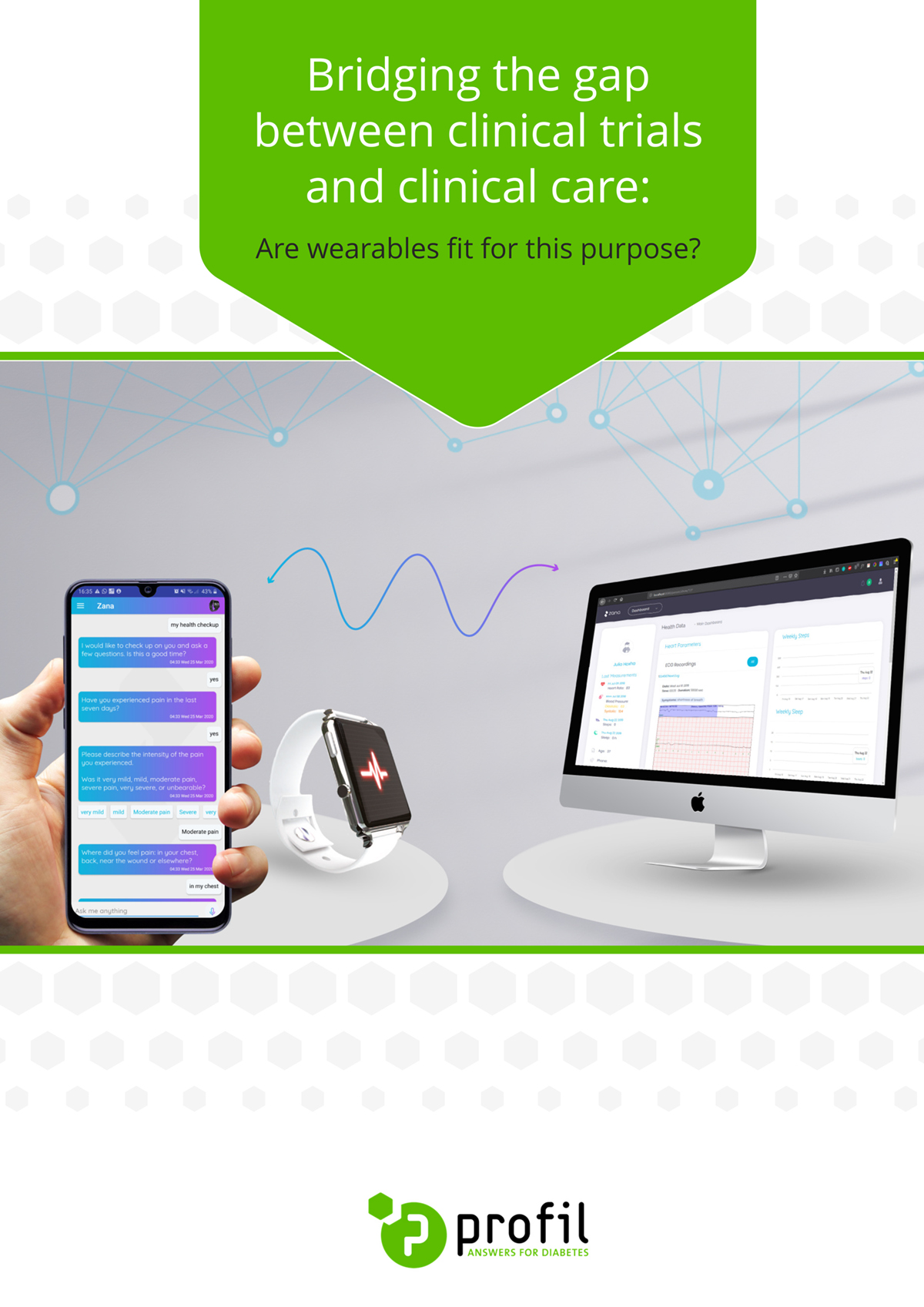Here, Tatiana Affini Dicenzo and Freimut Schliess discuss bridging the gap between clinical trials and clinical care, exploring how wearables can work
It is long held that randomised controlled trials are the gold standard for drug testing.
Currently, scientists of the world are aiming to reach that point with any kind of COVID-19 drug. There is no shortage of data in this pandemic, but what about for other situations?
Since no trial can completely accurately mimic drug impact in real life settings, they operate with some level of distance to the truest result of a drug. More often than not, trials are full of younger individuals from higher socio-economic backgrounds who lack comorbidities – certain side effects that might impact an older generation can never be observed in them.
However, with the rise of wearable tech for consumers, the world of data is evolving to be even more accessible to researchers.
What if wearable technology could send data to people looking to monitor how a drug works in reality?
With real-world data (RWD) and real-world evidence (RWE) being accepted by the FDA, the possibility of that data being created by wearable tech has never been so crucial. In December 2018, the FDA created the framework for incorporating RWE into drug development, making it clear that wearable technology was an imminent way of doing things.
The data created by wearable tech could give drug development teams the insight to stop developing, or to try something else, saving them money that can be re-invested to a more meaningful development. It can bridge the gap between clinical trials and clinical care.
To find out more about the current landscape of how wearables are being used in trials, read more about it here.


